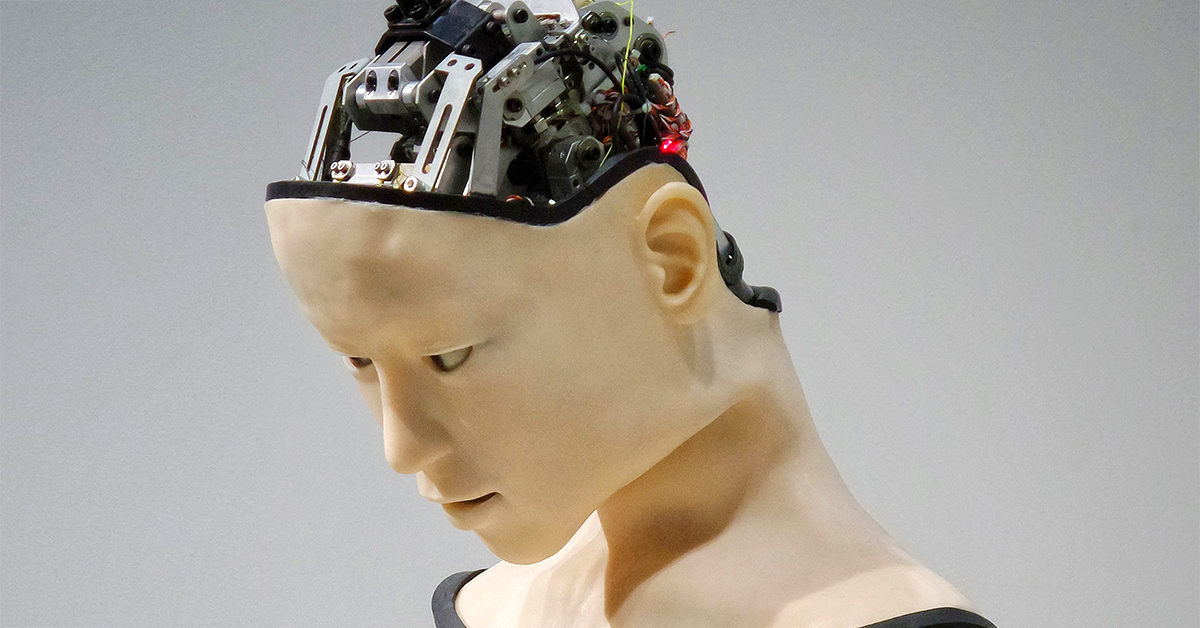
Photo by Franck V. on Unsplash
Stanford this week featured an article about its latest technological feat: artificial skin that can “feel.” That’s right. Professor Zhenan Bao and a few other engineering wizards have put the finishing touches on a material that can replicate human skin and sense touch and pressure and send those signals to the human brain.
The “skin” is made of two layers of rubber, one of which has a flexible circuit printed on it. In between the two layers there’s a framework of carbon nanotubes that conduct electricity at different intensities depending on the pressure being applied to the skin. Finally, the invention uses genetically engineered cells that can react to these signals and send the info to the nervous system.
“This is the first time a flexible, skin-like material has been able to detect pressure and also transmit a signal to a component of the nervous system,” said Bao.
Sheer brilliance, to say the least. But there’s more to Standford’s sensory mechanism than prosthetic applications. The original report doesn’t make references to other applications (than prosthetics) but when I first read headlines covering it, I instantly thought “skin adorned robots that can feel touch.” And I’m sure I’m not alone. It’s not hard to see this invention assisting the sentient robots of the future in being more like humans, if not identical to humans.
It’s Sci-Fi material for now, but so was space exploration and touch screens, and we’ve mastered both. It’s safe to say we’re decades away (if not centuries away) from creating robot human replicas, but now we are one step closer to fulfilling that vision.
Post A Reply